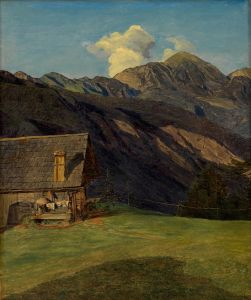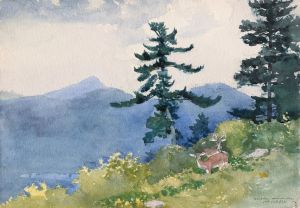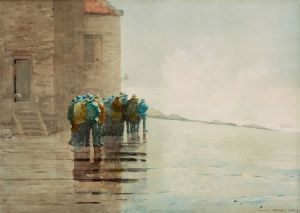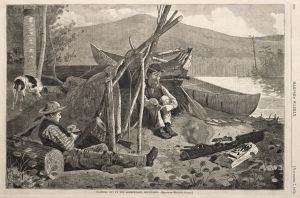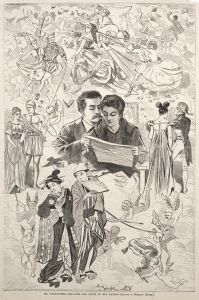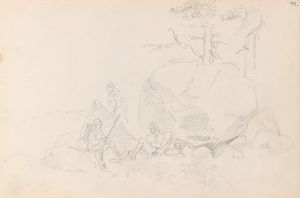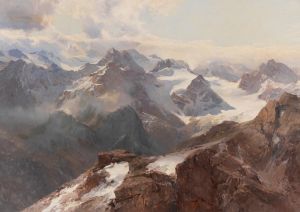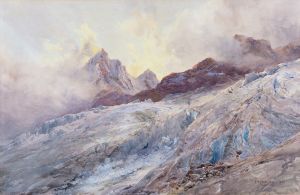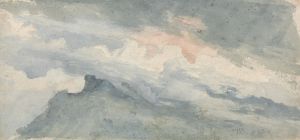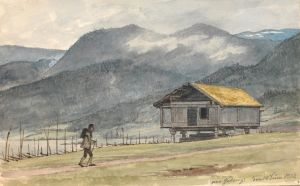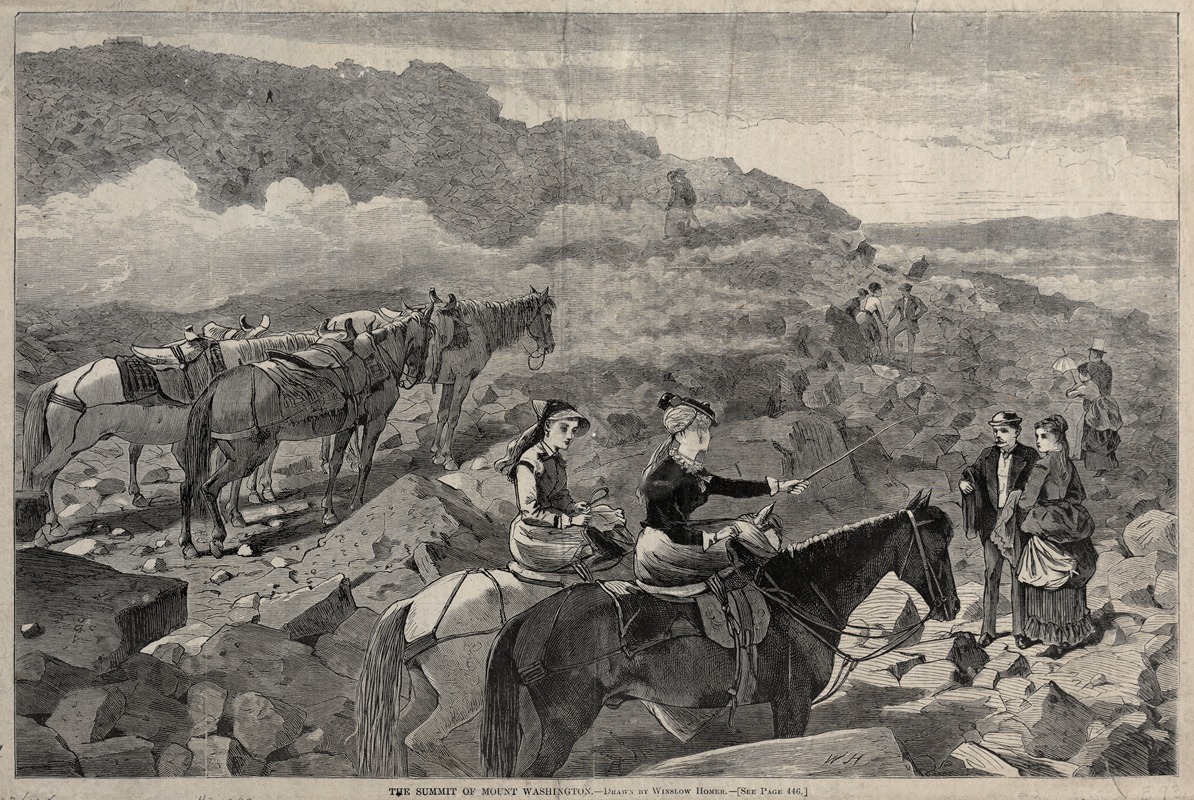
The Summit of Mount Washington
A hand-painted replica of Winslow Homer’s masterpiece The Summit of Mount Washington, meticulously crafted by professional artists to capture the true essence of the original. Each piece is created with museum-quality canvas and rare mineral pigments, carefully painted by experienced artists with delicate brushstrokes and rich, layered colors to perfectly recreate the texture of the original artwork. Unlike machine-printed reproductions, this hand-painted version brings the painting to life, infused with the artist’s emotions and skill in every stroke. Whether for personal collection or home decoration, it instantly elevates the artistic atmosphere of any space.
Winslow Homer, an influential American artist known for his landscape and marine subjects, painted The Summit of Mount Washington in 1869. This work is an oil painting that depicts the rugged and dramatic landscape of Mount Washington, the highest peak in the Northeastern United States, located in New Hampshire. The painting reflects Homer’s growing interest in capturing the natural beauty and sublime qualities of the American wilderness during the post-Civil War era.
In The Summit of Mount Washington, Homer portrays a solitary figure standing amidst the rocky terrain of the mountain's summit. The figure, dressed in outdoor attire, appears to be surveying the vast and expansive view, emphasizing the scale and grandeur of the natural environment. The painting is characterized by its detailed rendering of the rocky landscape and the atmospheric effects of light and shadow, which convey a sense of isolation and the majesty of nature.
This work is part of Homer’s early career, during which he explored themes of human interaction with nature. It reflects the influence of the Hudson River School and the broader 19th-century American Romantic movement, which celebrated the wilderness as a source of inspiration and spiritual renewal. Homer’s choice of Mount Washington as a subject aligns with the mountain's status as a popular destination for artists, writers, and tourists during the 19th century, drawn by its dramatic scenery and cultural significance.
The painting is notable for its restrained color palette and attention to detail, which highlight Homer’s skill in capturing the textures and forms of the natural world. It also demonstrates his ability to evoke a sense of mood and atmosphere, qualities that would become hallmarks of his later work.
The Summit of Mount Washington is housed in the Smithsonian American Art Museum in Washington, D.C., where it remains an important example of Homer’s early exploration of landscape painting. The work provides insight into the artist’s developing style and his engagement with the American landscape, themes that would continue to define his career.
This painting is one of many that illustrate Homer’s transition from his earlier work as an illustrator to his later achievements as a painter, marking an important period in his artistic development.





